Hormone Replacement Therapy (HRT)
What is Perimenopause?
This is what is known as “menopausal transition” which is the time when a woman’s body is transitioning into menopause bringing an end to the reproductive years. Pre-menopause can happen at varying ages starting as early as the mid-30s. During this time, women will start to notice changes in their body.
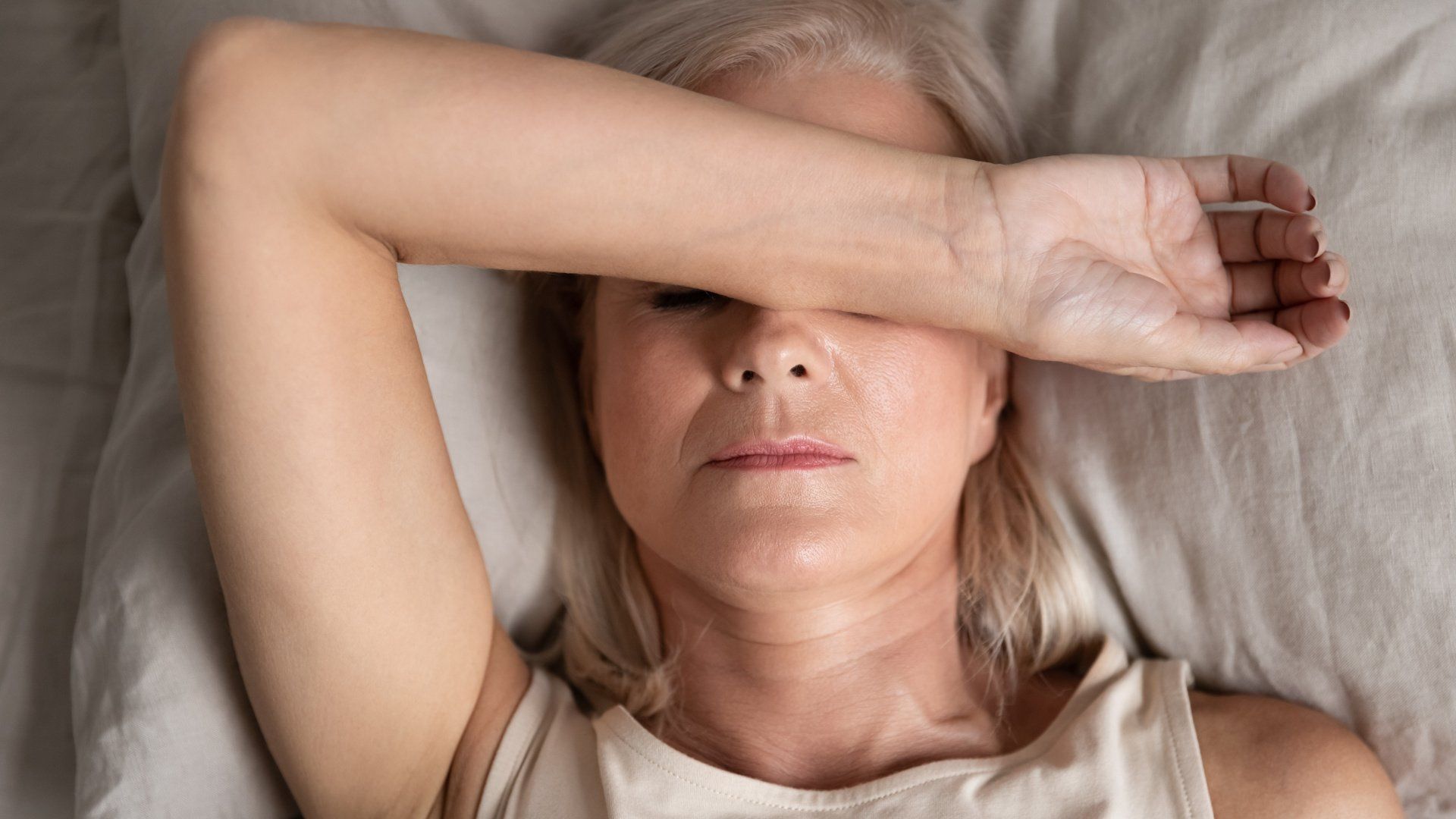
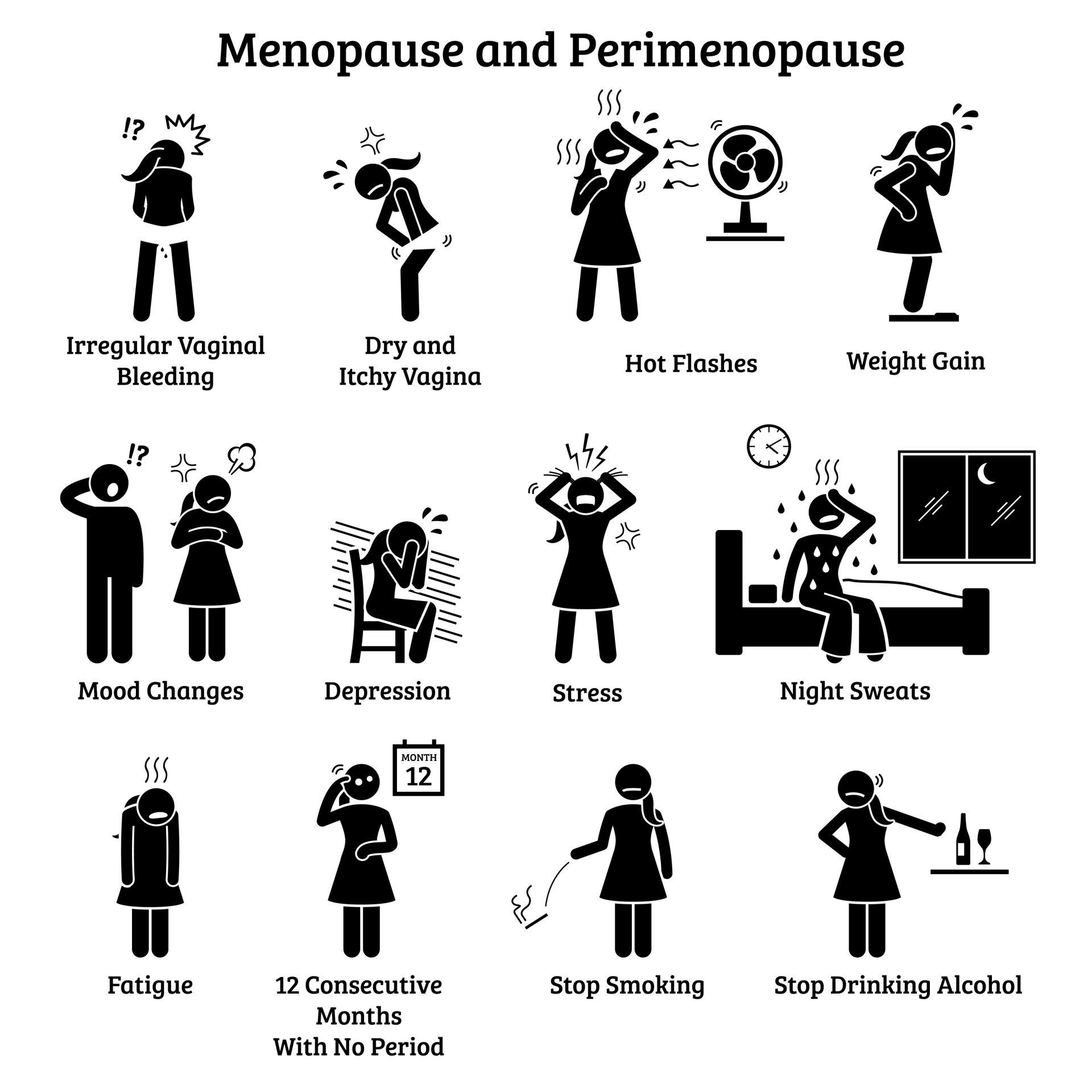
Symptoms
- Mood swings
- Irritability
- Depression and anxiety
- Irregular periods
- Hot flashes
- Night sweats
- Difficulty with sleep
- Fatigue
- Decreased chances of fertility
- Decreased libido (both sexual desire and arousal)
- Female sexual disorders (scroll down for more information)
- Vaginal dryness
- Vaginal atrophy (thinning)
- Urinary Incontinence due to changes in vaginal tone
- Painful intercourse
- Urinary infections or vaginal infections
- Weight gain
Why?
The average age of menopause is around 51 years old for women. With the body changing into a state of menopause, hormone production of testosterone, estrogen, and progesterone is slowed down. This leads to the symptoms listed above that affect mental well being as well as physical well being because these hormones are responsible for a lot of the natural functions of the body. That is a lot of years in between peri-menopause and menopause where ladies may not feel their best.
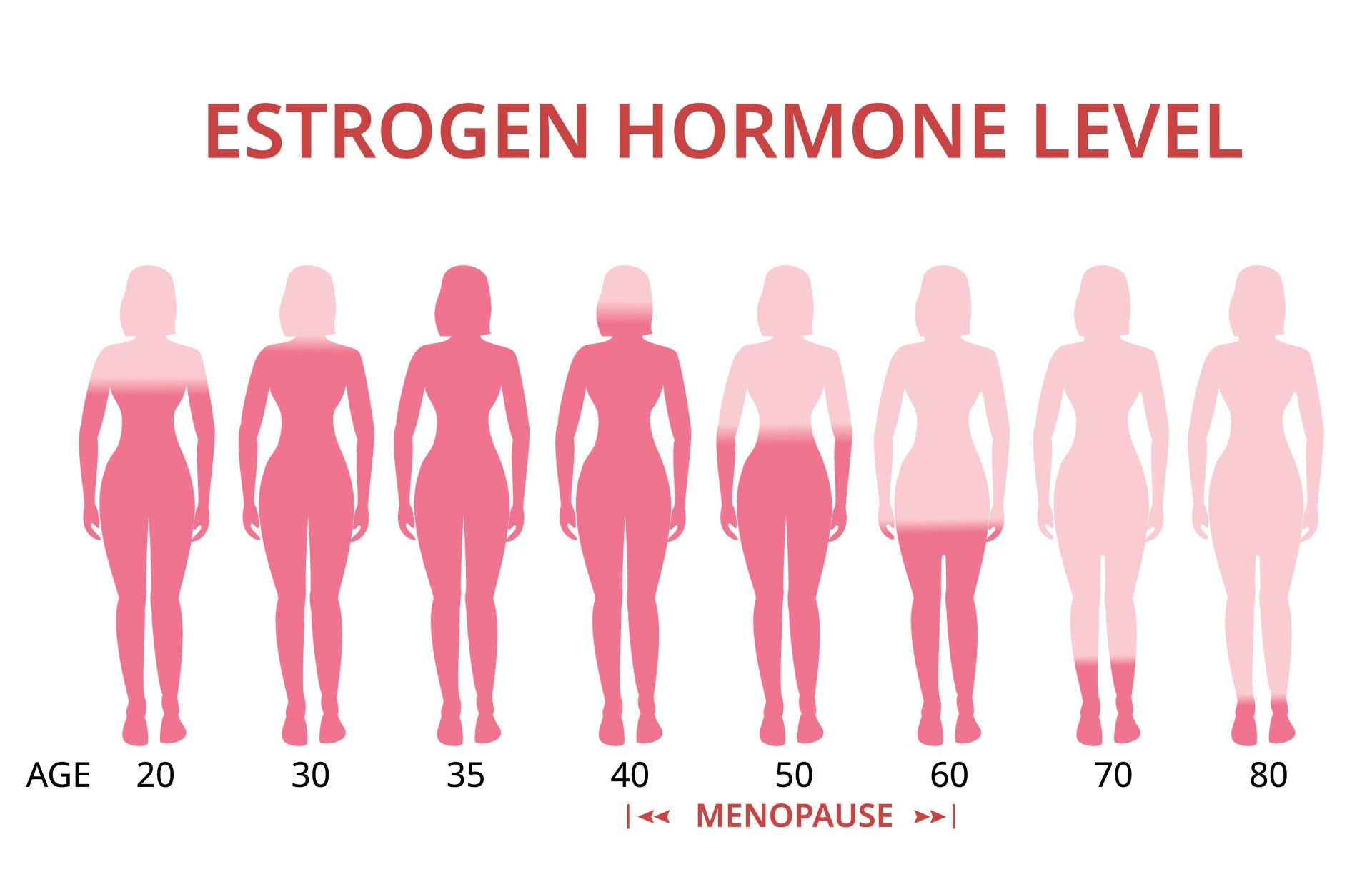

Benefits of Treatment
- Improved sleep quality
- Improved bone strength and health (decreased risk of osteoporosis)
- Improvement of “brain fog”
- Mood and emotional balance
- Improved energy
- Improvement in exercise tolerance
- Improved sexual health
- Beauty benefits such as less wrinkles, tightened skin, and improved hair growth
- Cardioprotection (protection of the heart, improved cholesterol)
Female Sexual Dysfunction
What Is It?
Female sexual dysfunction
can create a decreased quality of life and be distressing for you as well as your partner which can put a strain on relationships. The above disorders can cause decreased libido (sexual desire), trouble reaching orgasm, and even painful intercourse.
These can all be signs of hormone imbalance which is usually due to low estrogen levels.
Low estrogen levels create decreased blood flow to the pelvic region which in return can cause decreased genital sensation.
These imbalances can result in painful intercourse, thinner vaginal lining, less elasticity, and reduced sexual desire. Giving birth and breast feeding can also cause vaginal dryness and reduced sexual desire.
Most common disorders include:
- Hypoactive Sexual Desire Disorder (HSSD)
- Female Arousal Disorder (FAD)
- Sexual/ Pelvic Pain
- Female Orgasmic Disorder (FOD)
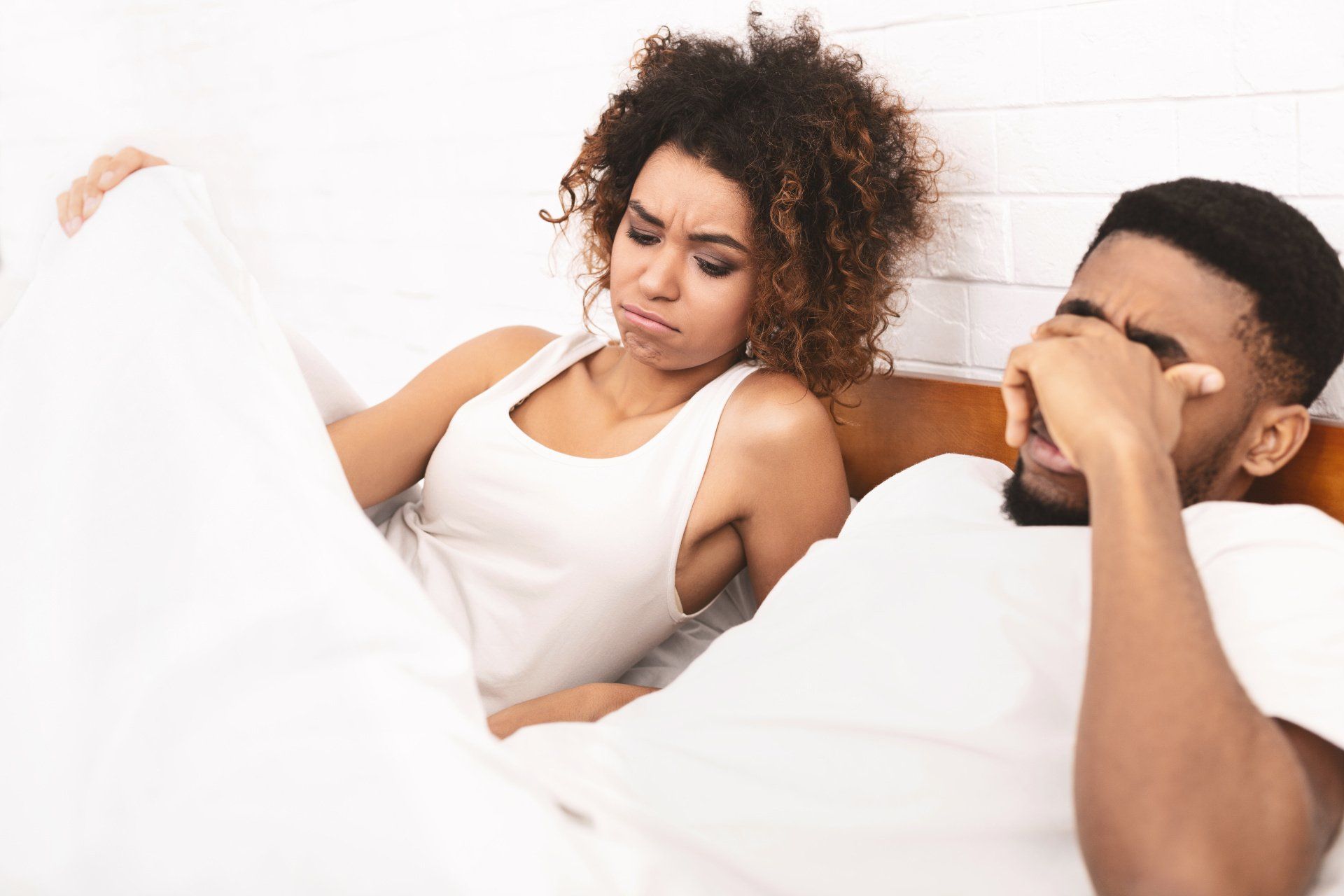
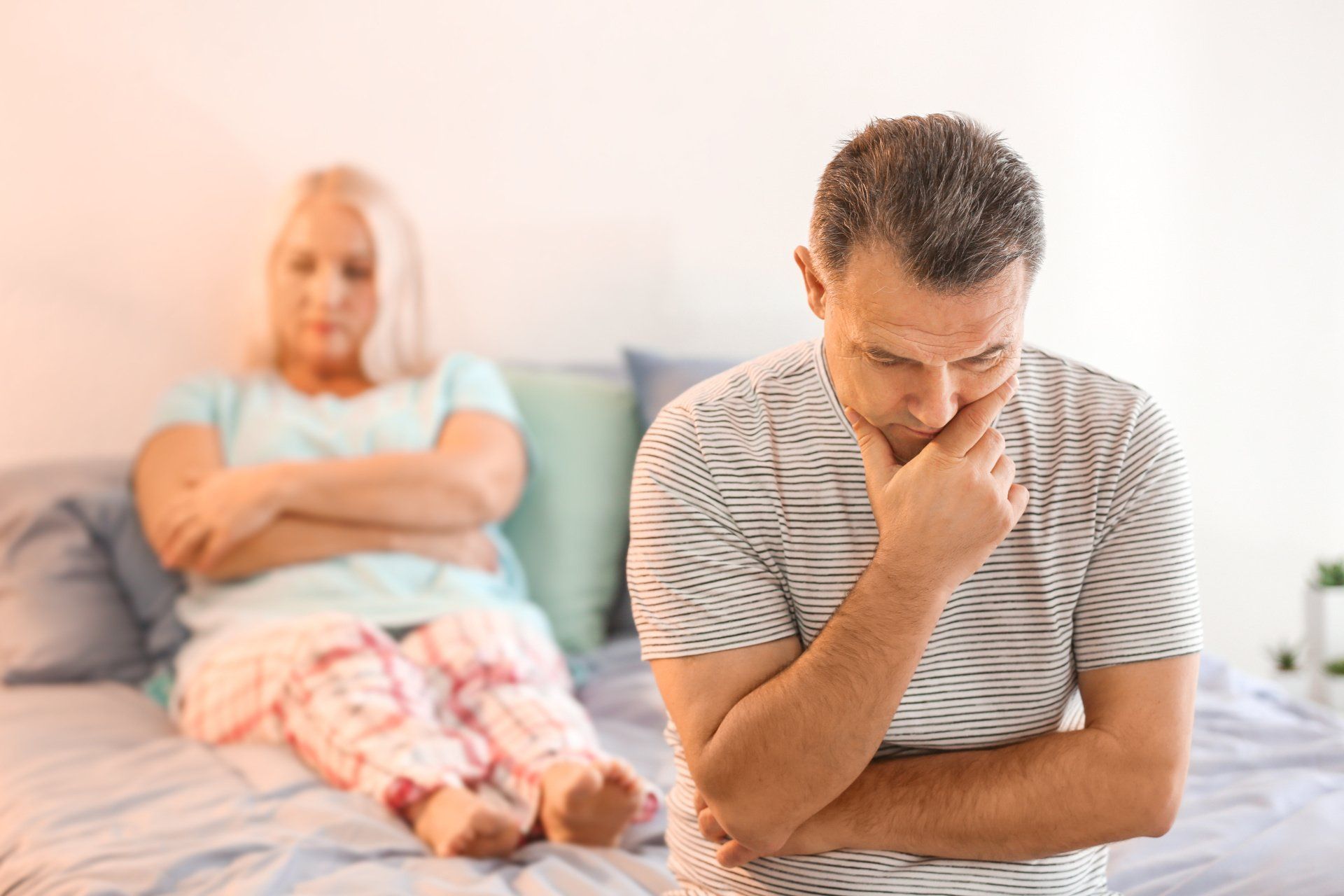
Causes?
- Heart disease
- Atherosclerosis/elevated cholesterol
- High blood pressure and/or Diabetes
- Chronic conditions
- kidney failure, multiple sclerosis, bladder dysfunction, etc.
- Obesity
- Prescription meds
- Decreased estrogen levels
- Anxiety & depression/Stress
- Traumatic events/Relationship conflicts
Symptoms
- Low sexual desire
- Difficulty achieving orgasm
- Difficulty with arousal
- Pain associated with stimulation or contact


Treatment Options
Treatment depends on what's found during your initial work up and labs. This may be initiation of a hormone replacement treatment (HRT) plan as testosterone, estrogen, and even thyroid hormone imbalances can affect sexual function.
You are unique - so will your treatment plan!

